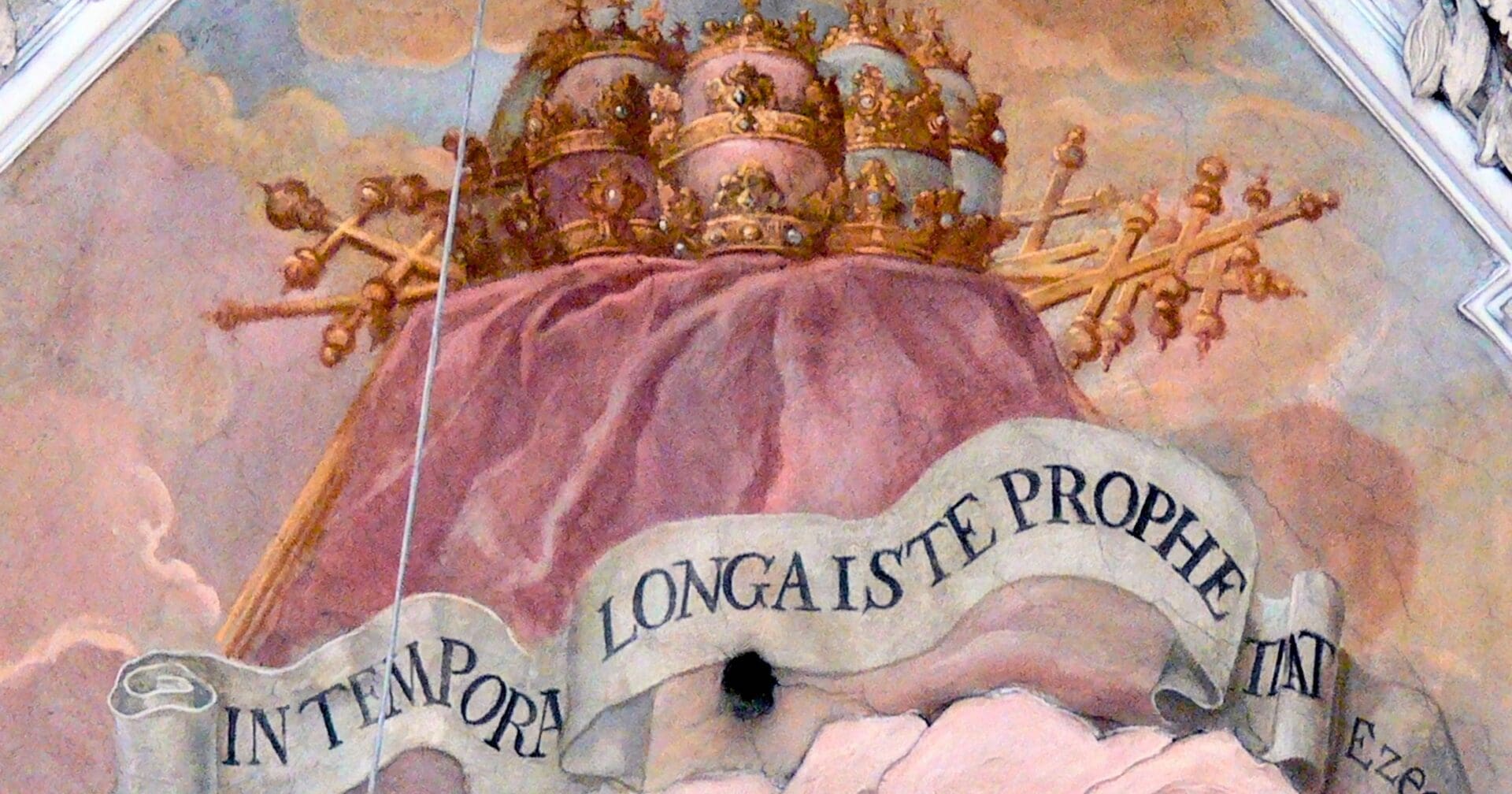When Pope Francis was elected in 2013, an ancient prophecy resurfaced, sparking intrigue and speculation among the faithful.
Known as the “Prophecy of the Popes,” it is attributed to Saint Malachy, a 12th-century Irish bishop. This mysterious document consists of 112 Latin phrases, each purportedly describing a pope from Celestine II in 1143 to a final pontiff ominously referred to as “Peter the Roman.”
With Pope Francis potentially fulfilling the prophecy’s final entry, could we be living in the last days of the papacy?
Legend has it that Saint Malachy received a prophetic vision while visiting Rome in 1139. He is said to have recorded the entire line of future popes, encapsulating their reigns in symbolic mottos. This document was reportedly presented to Pope Innocent II but vanished for centuries, only to resurface in 1595 when it was published by a Benedictine historian. Its descriptions of popes prior to that year are strikingly accurate, but its 16th-century predictions often appear vague or strained.
Urban VIII, a Florentine whose city crest features a fleur-de-lis, was aptly described as Lilium et Rosa (“the lily and the rose”). Clement XIII’s Rosa Umbriae (“the rose of Umbria”) aligns with the fleur-de-lis in his heraldic arms. More recently, John Paul II’s De labore solis (“from the labor of the sun”) has been linked to solar eclipses on his birth and funeral dates. Similarly, Benedict XVI was identified as Gloria olivae (“the glory of the olive”), which some associate with the Benedictine Order’s Olivetan branch, symbolizing peace.
The prophecy’s final entry, Petrus Romanus (“Peter the Roman”), foretells a pope who will lead the Church through immense tribulation before the destruction of Rome and divine judgment.
Could Pope Francis fit this role? Born Jorge Mario Bergoglio to Italian immigrants, his heritage connects him symbolically to Rome. Moreover, his chosen name, Francis, recalls Saint Francis of Assisi, whose father was named Pietro. Some have seen these links as significant, but others believe the prophecy does not explicitly name him as “Peter” nor preclude other intervening popes after him before Peter the Roman.
The prophecy’s dramatic conclusion describes a time of persecution, the destruction of the “city of seven hills,” and the final judgment. While the Catholic Church has no official stance on the Prophecy of the Popes, it has been dismissed by some theologians as a forgery likely penned in 1590 to sway a papal conclave.
Whether it’s a historical curiosity or something more, the prophecy has continued to fascinate Catholics across generations, fueling debate about its meaning—and its possible fulfillment.
Photo credit: Wolfgang Sauber, CC BY-SA 3.0 via Wikimedia Commons
















